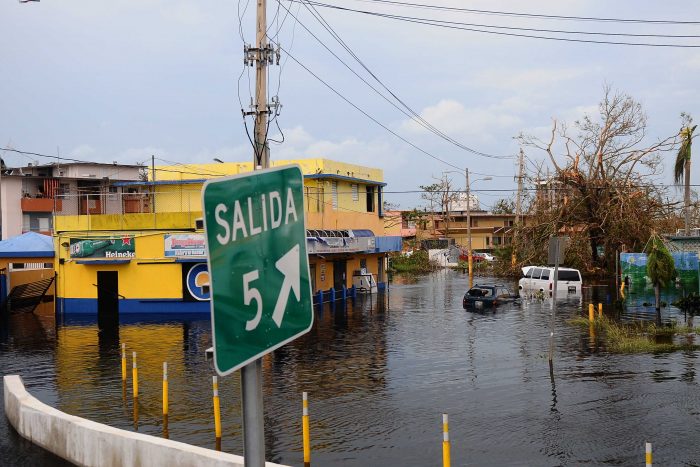A Report On the Ground in Puerto Rico
It’s now been more than 17 months since Hurricanes Irma and Maria blasted their way across the Caribbean, creating extensive damage in Puerto Rico, Barbuda, Dominica and the Virgin Islands. In response, we created the CDP 2017 Atlantic Hurricane Fund. Hundreds of corporations, foundations and individuals responded and a total of $3.4 million was ultimately raised. […]
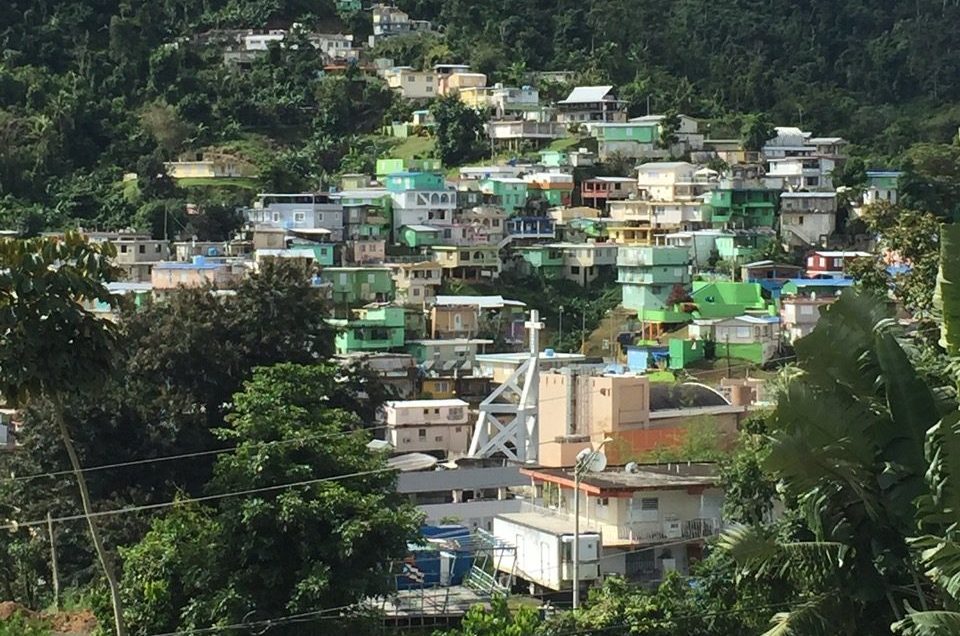
It’s now been more than 17 months since Hurricanes Irma and Maria blasted their way across the Caribbean, creating extensive damage in Puerto Rico, Barbuda, Dominica and the Virgin Islands. In response, we created the CDP 2017 Atlantic Hurricane Fund. Hundreds of corporations, foundations and individuals responded and a total of $3.4 million was ultimately raised.
As we do with all our recovery funds, the Center for Disaster Philanthropy (CDP) contacted other donors to learn about their funding activities; researched what nonprofit service providers were doing; and identified funding and service gaps. Ultimately, we concluded that our Fund could make the most significant difference by focusing on 1) food security, 2) health and mental health needs of older adults and 3) livelihoods and economic recovery for communities. You can read about all the grants we awarded here.
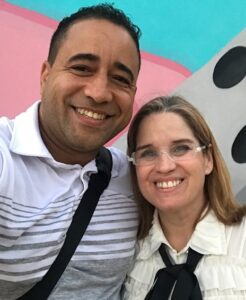
Puerto Rico, an island with an abundance of challenges, even before Maria, including a high percentage of vulnerable populations, a crumbling infrastructure and a struggling economy, was badly crippled and is in a slow process of recovery. Late last month, I traveled to San Juan with Brennan Banks, CDP’s director of disaster recovery funds (pictured here) to review progress on programs supported our grants.
The CDP Fund provided $500,000 to the Solar Foundation for the Rio Piedras Market Solar Jobs Training Project. The goals of the project are to increase food and energy security for Plaza del Mercado in the Piedras neighborhood of San Juan; build workforce capacity for the local solar industry; and make improvements to the livelihoods and economic recovery of the project’s beneficiaries.

We learned that the Plaza del Mercado is one of the central food markets in San Juan, used for food distribution but also for the neighborhood’s daily needs for fruits, vegetables and meats. More than 300 people work at the market every day, so having it up and running is vital to the local economy. It also doubles as an important community center with health facilities, job training and offices for many government services.
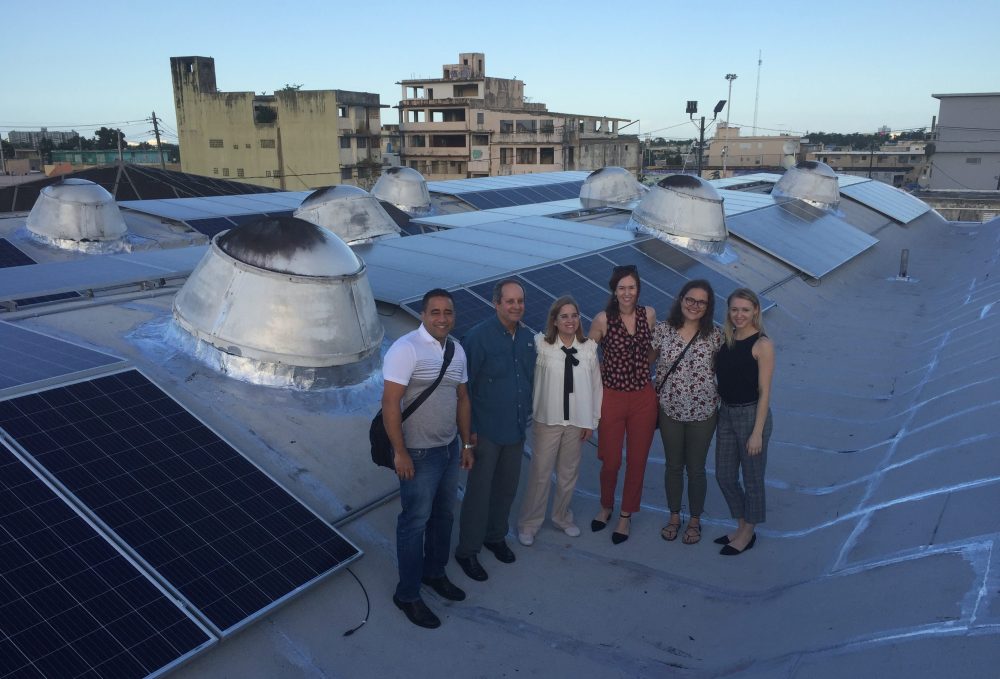
Here you can see us on the roof of the Market. From here we could see the houses below and more fully appreciate how much the market and its services meant to so many. Installation of 800 solar panels is now well underway and is expected to be completed by this May.
Joining us was San Juan Mayor Carmen Yulin Cruz. You may remember her from spirited television appearances immediately after Maria, pleading for help for her city. I am pleased to report the mayor is just as energetic and committed in person; she is also a big fan of solar energy. The mayor told me that she estimates that San Juan is “60 percent back to normal,” although she estimates some rural parts of the island are not even that far along in restoration.
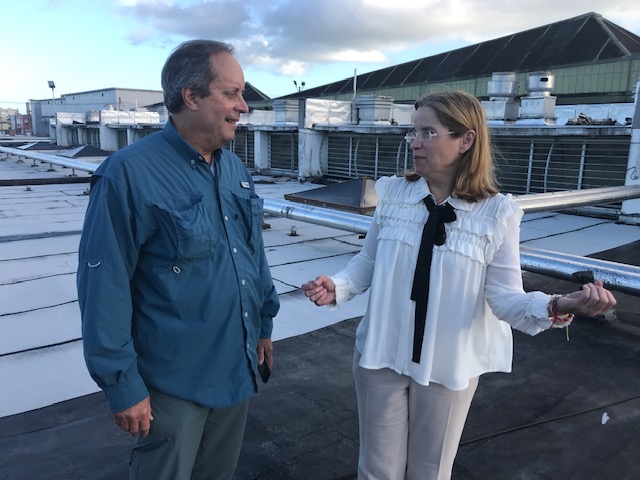
The solar panel installation is phase one of a three-phase project that will ultimately cost $3 million. Once batteries and new refrigeration are installed, the project will provide stable electricity to the market and save a considerable amount of money since Puerto Rican power can cost anywhere from three to seven times what it costs on the U.S. mainland.
Later in the week, we visited a rural health facility that is benefiting from support from International Medical Corps (IMC). Although IMC operates primarily overseas, it is increasingly involved in domestic projects. Our Fund provided $250,000 to IMC to improve access to mental health and psychosocial services for vulnerable populations.

The hurricanes caused a cascading set of problems that resulted in a spike in both physical and mental health issues as transportation ground to a halt, thereby preventing patients from seeing their doctors. In addition, lack of electricity meant patient health records were unavailable and medicines spoiled.
While in San Juan, we also attended meetings of the Clinton Global Initiative (CGI) Action Network which “brings together leaders from across sectors to develop new, specific and measurable plans that advance recovery and promote long-term resiliency across the region.” One of the CDP Fund’s grantees, the St. Croix Foundation for Community Development was recognized by CGI for its Community Solar Project in partnership with the Virgin Islands Workforce Investment Board, Sustainable Systems International and Lion’s Den Solar. The project will train 40 individuals in the community on fiber optics and solar installation through the National Center for Construction Education and Research.
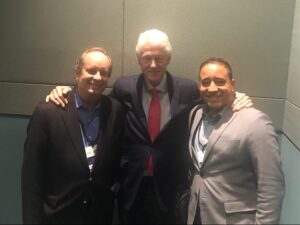
It was gratifying to have CDP recognized for our work in partnership with CGI to help bring Puerto Rico back better. The visit for me – and for Brennan – was a chance to see first-hand CDP dollars at work; meet people and hear the stories of people in local organizations doing the hard task of rebuilding lives . . . meeting President Clinton was an added bonus to an important trip.
More like this

Puerto Rico: The Long Road to Rebuilding
